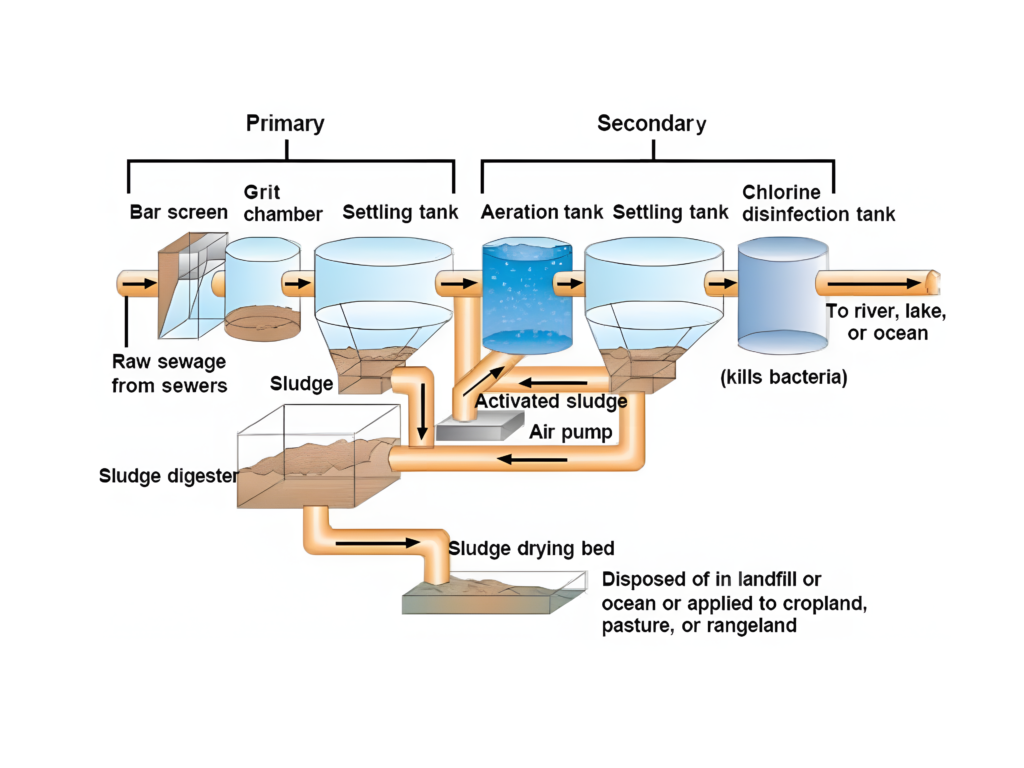

BLOG
What is the purpose of a sludge drying bed?
What is the purpose of a sludge drying bed?
15 August 2023
Introduction:
In the realm of wastewater treatment, the management and disposal of sludge generated during the process is a critical aspect. To address this challenge, sludge drying beds have emerged as an essential component of wastewater treatment facilities. This blog aims to provide a clear and simple explanation of the purpose and significance of sludge drying beds, shedding light on their role in effective sludge management.

The Role of Sludge Drying Beds:
1. Dewatering and Volume Reduction:
One of the primary purposes of sludge drying beds is to dewater the sludge generated from the wastewater treatment process. The beds provide a large area for the sludge to be spread out, allowing moisture to evaporate naturally under the influence of sunlight, wind, and ambient temperatures. As a result, the water content of the sludge is significantly reduced, leading to volume reduction and making the sludge easier to handle and transport.
2. Pathogen Reduction:
As sludge dries in the beds, exposure to sunlight and environmental conditions helps reduce the presence of pathogens and harmful microorganisms. This contributes to the safety of handling and disposal, minimizing the potential risks associated with sludge-borne diseases.
3. Cost-Effective Solution:
Sludge drying beds offer a cost-effective sludge management solution. Compared to energy-intensive mechanical dewatering methods, such as centrifuges or filter presses, sludge drying beds rely on natural processes, which can lead to lower operational costs and reduced energy consumption.
4. Environmental Benefits:
Utilizing sludge drying beds aligns with sustainable and environmentally friendly practices. By utilizing sunlight and ambient air for dewatering, the reliance on energy-consuming processes is minimized, reducing the overall carbon footprint of the wastewater treatment plant.
5. Versatile Application:
Sludge drying beds can accommodate a variety of sludge types, including primary, secondary, and blended sludges. This versatility makes them suitable for different treatment facilities and allows for effective management of varying sludge compositions.
Conclusion:
Sludge drying beds play a crucial role in the efficient management and disposal of sludge generated during wastewater treatment. By allowing natural dewatering and reducing water content, these beds contribute to the safe handling, reduced transport costs, and environmentally conscious practices within wastewater treatment facilities. Their significance lies not only in their practical benefits but also in their contribution to sustainable water resource management and overall environmental conservation.



